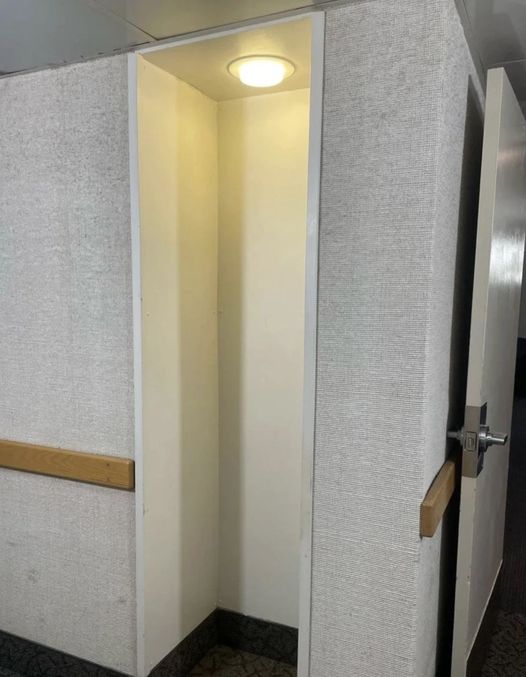Imagine a time when staying in touch with family and friends wasn’t as simple as pulling out your phone and sending a text or making a call. Long before smartphones became a daily necessity, college students in the 1960s, 70s, and 80s relied on something much simpler but just as vital—the phone booth. To students back then, these booths were more than just a way to make a call. They were small sanctuaries that offered a rare escape from the noise and chaos of dorm life. For many, they were the only link to home, providing a much-needed connection to loved ones and a brief moment of peace in an otherwise hectic world. It’s hard to imagine today, but those phone booths were lifelines, and life on campus would have felt much lonelier without them.

If you stroll through some of the older college campuses today, you might spot a small alcove tucked into a hallway, sometimes with an overhead light or maybe an old shelf where a phone used to be. These forgotten spaces were once social hubs, where students lined up for their turn to call home. Back then, before the convenience of cell phones, making a long-distance call was a planned event. Students had to be patient, often waiting in line, and ready with spare change in hand. Every call had to count, and those conversations carried a weight and meaning that’s rare in today’s world of instant communication.
In those days, long-distance calls didn’t come cheap. Calling home meant budgeting for phone calls and timing them carefully. For many students who had traveled far from their families—sometimes across states or even countries—the phone booth was their primary connection to the people they missed most. Dorm life, while lively and full of energy, wasn’t exactly the best environment for private conversations. With loud music, constant chatter, and roommates coming and going at all hours, it was nearly impossible to find a quiet moment. But stepping into a phone booth provided a sense of calm and solitude. These small, unassuming spaces gave students the chance to lean against a wall, take a deep breath, and listen to the familiar voice of someone they loved.
The design of these phone booths was simple and utilitarian. Some were tiny cubicles with a phone mounted on the wall and a single light overhead. Others were just recessed areas in a hallway with little more than a shelf and a phone. Some had doors that could be closed for privacy, while others were open to the surrounding area. But to the students who used them, none of that mattered. What was important was the emotional connection they offered. In a world without instant messaging or video calls, those few minutes on the phone were precious. It took effort to make those calls, and that effort made them all the more meaningful.
As the 1990s came to a close and the early 2000s ushered in the age of cell phones, the need for phone booths on campus disappeared almost overnight. Suddenly, students could make calls anytime and anywhere. There was no more waiting in line or scrambling for change. While this new convenience was welcome, it also marked the end of an era. The effort and intention behind each call—the ritual of saving quarters, the anticipation of hearing a loved one’s voice, the quiet space where those moments happened—was replaced by instant, effortless communication. In gaining convenience, something was quietly lost.
For those who experienced campus life before the rise of cell phones, the phone booth represents more than just a relic of the past. It symbolizes connection, patience, and a simpler time when conversations were more intentional. Unlike today’s quick texts or casual calls, those old phone conversations were moments of genuine, focused connection. On some campuses, a few of these booths remain as reminders of that era. They stand empty now, but they hold memories of coins clinking into a payphone, the buzz of distant voices, and the simple joy of hearing someone familiar on the other end of the line.
Today, we can call or message anyone in seconds, but there’s something nostalgic about remembering the days when a phone call was a cherished event. Walking past one of those old phone booths, it’s easy to imagine the students who once stood there, gripping the receiver, hoping to hear a voice that made them feel just a little less far from home. These booths, once an essential part of college life, remind us that there was something deeply special about a time when reaching out took effort, and because of that, it meant so much more.





